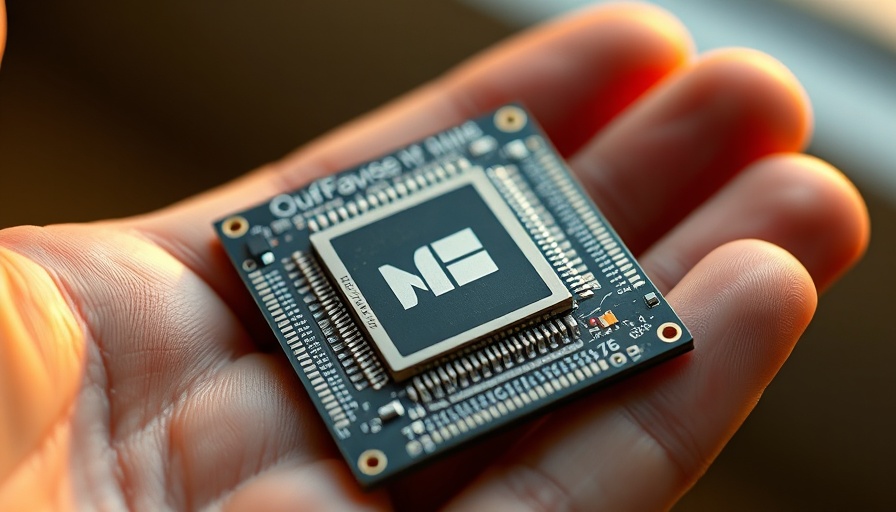
Microsoft's Leap Into Quantum Computing
In a significant breakthrough, Microsoft has made headway in a two-decade pursuit of topological quantum bits, or qubits. These unique constructs promise greater stability and scalability in quantum computing. The company's latest chip integrates eight of these qubits, potentially revolutionizing the way quantum machines operate. Unlike traditional methods used by competitors like Google and IBM, Microsoft's approach focuses on a new state of matter that could potentially unlock transformative capabilities in materials science and artificial intelligence.
Understanding Rising Energy Demand
As attention shifts towards emerging technologies, the conversation around rising electrical demand is gaining traction. The International Energy Agency (IEA) reports that global electricity consumption surged by 4.3% in 2024, a trend expected to maintain nearly a 4% growth rate annually through 2027. While many correlate this growth with the booming AI sector and the substantial power needed to run data centers, the reality is multifaceted. Factors such as the surge in data consumption, electric vehicles, and residential energy use contribute significantly to this rise in demand.
The Connection Between Quantum Computing and Energy
As Microsoft pushes the envelope in quantum computing, the implications for energy efficiency could be profound. Quantum computers could solve complex optimization problems that traditional computers struggle with, such as energy distribution and consumption modeling. This could lead to more efficient designs for power grids and lower energy bills across households and businesses.
The Bigger Picture: AI’s Role in Energy Consumption
With AI setting the pace for technological advancements, its insatiable energy appetite is often spotlighted. While the integration of AI spans various sectors, data centers, and cloud computing services represent a growing portion of electricity consumption. However, this modern demand is merely a fragment of a larger system driven by numerous technological evolutions, including advancements in quantum technologies.
Future Predictions: A Greener Path Ahead?
As we look to the future, these technological advancements could trigger a shift towards greener energy consumption. Quantum computing may unlock new solutions for renewable energy sources and storage challenges. Industries and consumers alike stand to benefit from smarter technologies that minimize waste and optimize power usage.
Challenges in Balancing Energy Production and Demand
Despite advancements, the reality of electricity demand and sustainable energy production requires careful navigation. The rapid growth of electricity demand could outpace developments in sustainable energy supply, exacerbating global energy challenges. Policymakers, industries, and consumers must collaborate to find a balance that fosters sustainability while meeting growing technological needs.
Call to Action: Engage with Emerging Technologies
As we stand at the intersection of quantum computing and rising energy demand, engaging with these topics offers immense value. Whether you're a student considering a career in tech, a policymaker shaping energy regulations, or a consumer curious about technology's future, understanding these dynamics can empower you to navigate and influence change.
 Add Row
Add Row  Add
Add 
 Add Element
Add Element 

Write A Comment